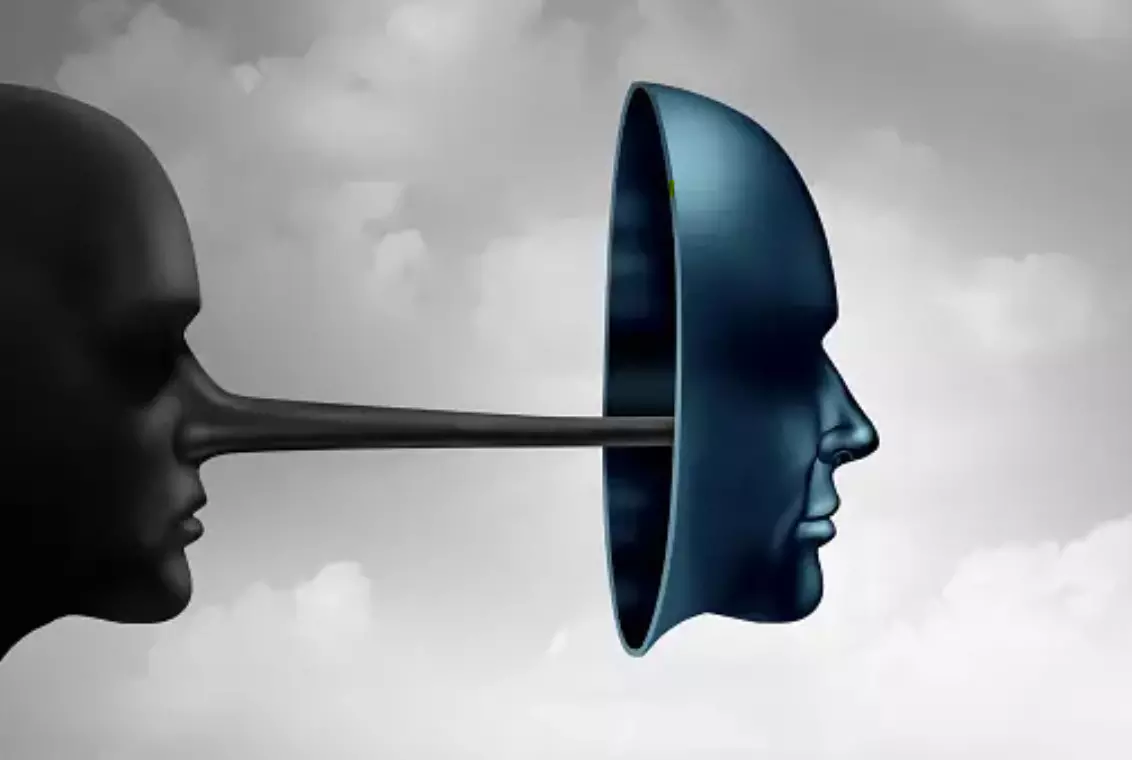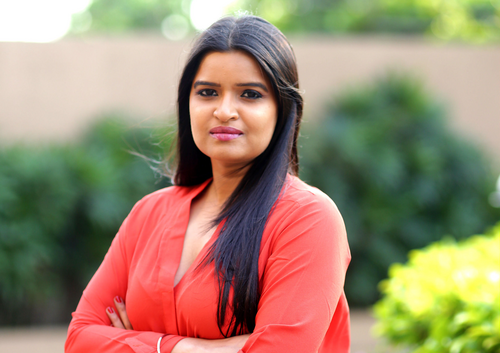The deepfake problem
The recent government action on tackling deepfakes is much-needed to quell this growing threat to society

When Rashmika Mandanna became the first actor to speak up about deepfake abuse last month, she did a public service. For a while now, many of us have been highlighting the dangers of deepfakes. When I wrote about it in this column in July, there were, until then, only scattered discussions and solitary actions on the matter. But when a celebrity blew open the loosely placed lid on malicious Artificial Intelligence (AI)-generated images and videos, even the Prime Minister took notice. The pros of technology far supersede the pitfalls but as tools such as AI become more refined, tech ills can be far-reaching.
Coincidentally, around the same time that Rashmika Mandanna went public, US-based cyber security experts, Home Security Heroes, got in touch with me. They had read my previous column and were keen to share some insights on deepfake with me. The firm purportedly analysed 95,820 deepfake videos, 85 dedicated channels, and over 100 deepfake-related websites, which led to them compiling the ‘2023 State of Deepfakes’ report. This is what they found — Deepfake pornography comprises 98 per cent of all deepfake videos online; there are a total of 95,820 deepfake videos online in 2023, depicting a staggering 550 per cent increase since 2019. Not surprising that 99 per cent of targeted individuals in deepfake pornography are women. South Korean singers and female actors are the most targeted group (53 per cent) followed by celebrities from the US (20 per cent), Japan (10 per cent), UK (6 per cent). India comes in at 6th with 2 per cent. This worrying trend that has taken over the world is also executed with ease, speed, and at no cost. As per the report, “It now takes less than 25 minutes and costs USD 0 to create a 60-second deepfake pornographic video of anyone using just one clear face image”. The statement can cause ample distress and unleash havoc on the lives of others.
Close on the heels of Rashmika Mandanna follow reports of similar deepfake abuse faced by Katrina Kaif, Kajol, and Alia Bhat. There are now also reports of deepfake advertisements of Shahrukh Khan and Virat Kohli. While celebrities are more prone to face deepfake abuse give the nature of their job, imagine the fate of common folk who fall prey to this nuisance. It is heartening that the government has turned proactive in tackling this menace. Armed with a multi-pronged strategy, the government machinery aims to crack down on both creators as well as social media platforms, compelling the latter to take down fake videos and photos within 24 hours of receiving a complaint. The government is said to be working on introducing a new regulation that would find, prevent, report, and build awareness about deepfakes. Indians will now have greater access to grievance redressal. This would entail a new law or amendments to the existing one along with a promise that the shield of ‘safe harbour immunity’ won’t be applicable on this for online platforms. There is also Rs 1 lakh in fines and 3 years of imprisonment for creating and circulating deep fakes.
Strong government action and agility to crack down on deepfakes not just of celebs but also of ordinary people could, if we are lucky, stem this barrage of computer-generated images and videos. While the government does its bit, we would also need to up the guardrails — be mindful of what we share online, keep watertight passwords, protect against computer virus, thoroughly check an image or video before accepting it as authentic, and most importantly, educate others on the perils of deepfake.
The writer is an author and media entrepreneur. Views expressed are personal




